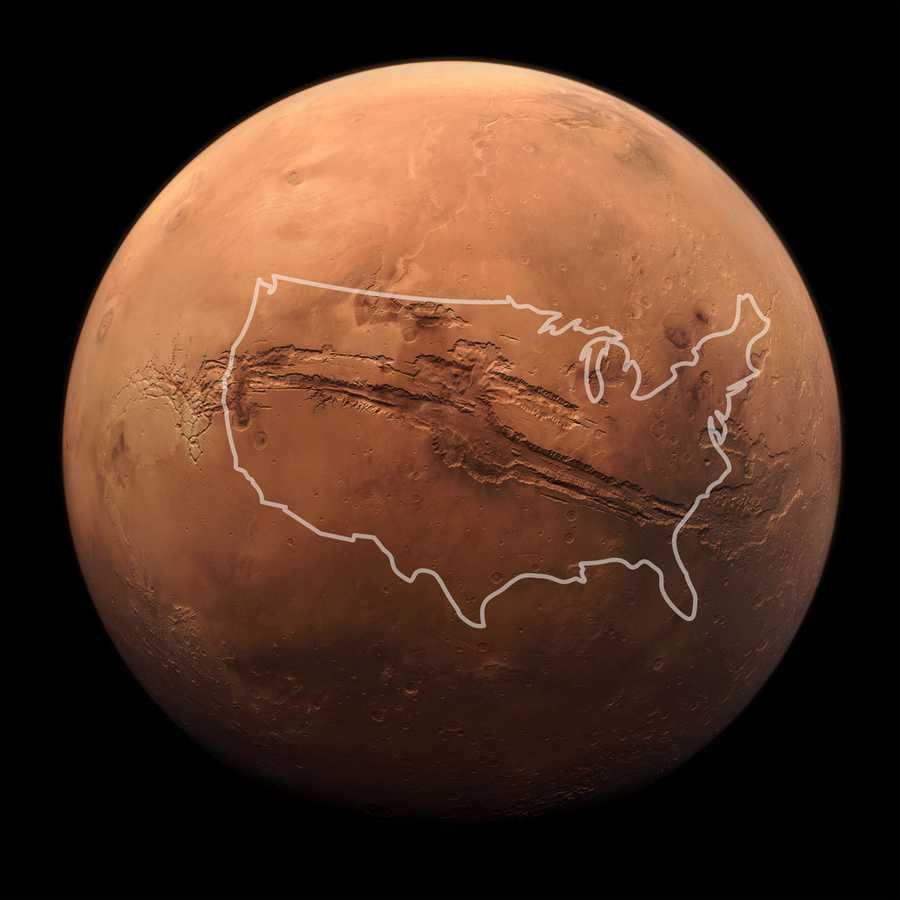Mars's Moons
The planet Mars has two moons, Phobos and Deimos.
Many researchers are fascinated with trying to know how and where Mars's moons came from and this resulted to two main theories about Mars's moons: Asteroid Capture Theory and Large Impact Theory.
Explorations have been done on the moons of Mars but more information is needed. Yet, researchers believe that an in-situ exploration (sending a probe to land) is needed to grab some soil and rocks for further study.
6
15 reads
CURATED FROM
IDEAS CURATED BY
The idea is part of this collection:
Learn more about personaldevelopment with this collection
How to establish a positive team culture
How to collaborate effectively
How to build trust with a new team
Related collections
Similar ideas to Mars's Moons
Surface
The red planet is actually many colors. At the surface, we see colors as brown, gold, and tan. The reason Mars looks reddish is due to oxidization—or rusting—of iron in the rocks, regolith (Martian “soil”), and dust of Mars. This dust gets kicked up into the atmosphere and from a distance makes t...
Exploration
Nine spacecrafts have studied jupiter up close. NASA'S Juno spacecraft is currently studying the gas giant planet from orbit
The spacecraft, which arrived at Jupiter in July 2016, is the first to study the planet's mysterious, cloud-shrouded interior. Scientists also use the Earth-orbiting...
Read & Learn
20x Faster
without
deepstash
with
deepstash
with
deepstash
Personalized microlearning
—
100+ Learning Journeys
—
Access to 200,000+ ideas
—
Access to the mobile app
—
Unlimited idea saving
—
—
Unlimited history
—
—
Unlimited listening to ideas
—
—
Downloading & offline access
—
—
Supercharge your mind with one idea per day
Enter your email and spend 1 minute every day to learn something new.
I agree to receive email updates


